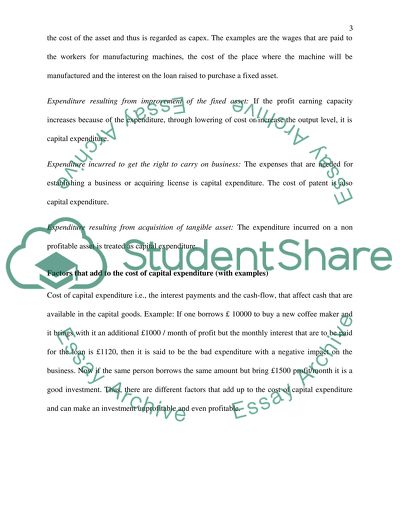Cite this document
(“Capital Expenditure and Depreciation Essay Example | Topics and Well Written Essays - 1500 words”, n.d.)
Capital Expenditure and Depreciation Essay Example | Topics and Well Written Essays - 1500 words. Retrieved from https://studentshare.org/finance-accounting/1482201-capital-expenditure-and-depreciation
Capital Expenditure and Depreciation Essay Example | Topics and Well Written Essays - 1500 words. Retrieved from https://studentshare.org/finance-accounting/1482201-capital-expenditure-and-depreciation
(Capital Expenditure and Depreciation Essay Example | Topics and Well Written Essays - 1500 Words)
Capital Expenditure and Depreciation Essay Example | Topics and Well Written Essays - 1500 Words. https://studentshare.org/finance-accounting/1482201-capital-expenditure-and-depreciation.
Capital Expenditure and Depreciation Essay Example | Topics and Well Written Essays - 1500 Words. https://studentshare.org/finance-accounting/1482201-capital-expenditure-and-depreciation.
“Capital Expenditure and Depreciation Essay Example | Topics and Well Written Essays - 1500 Words”, n.d. https://studentshare.org/finance-accounting/1482201-capital-expenditure-and-depreciation.


